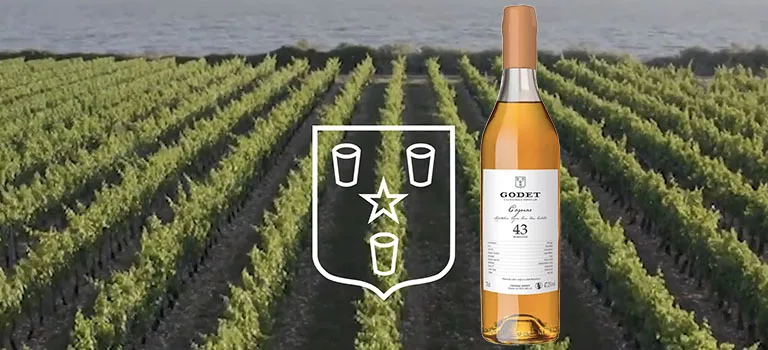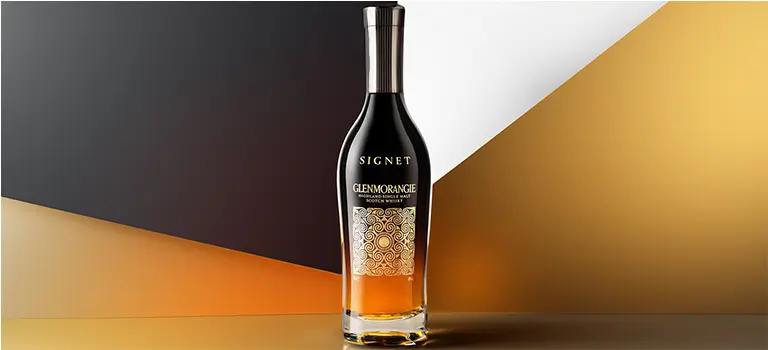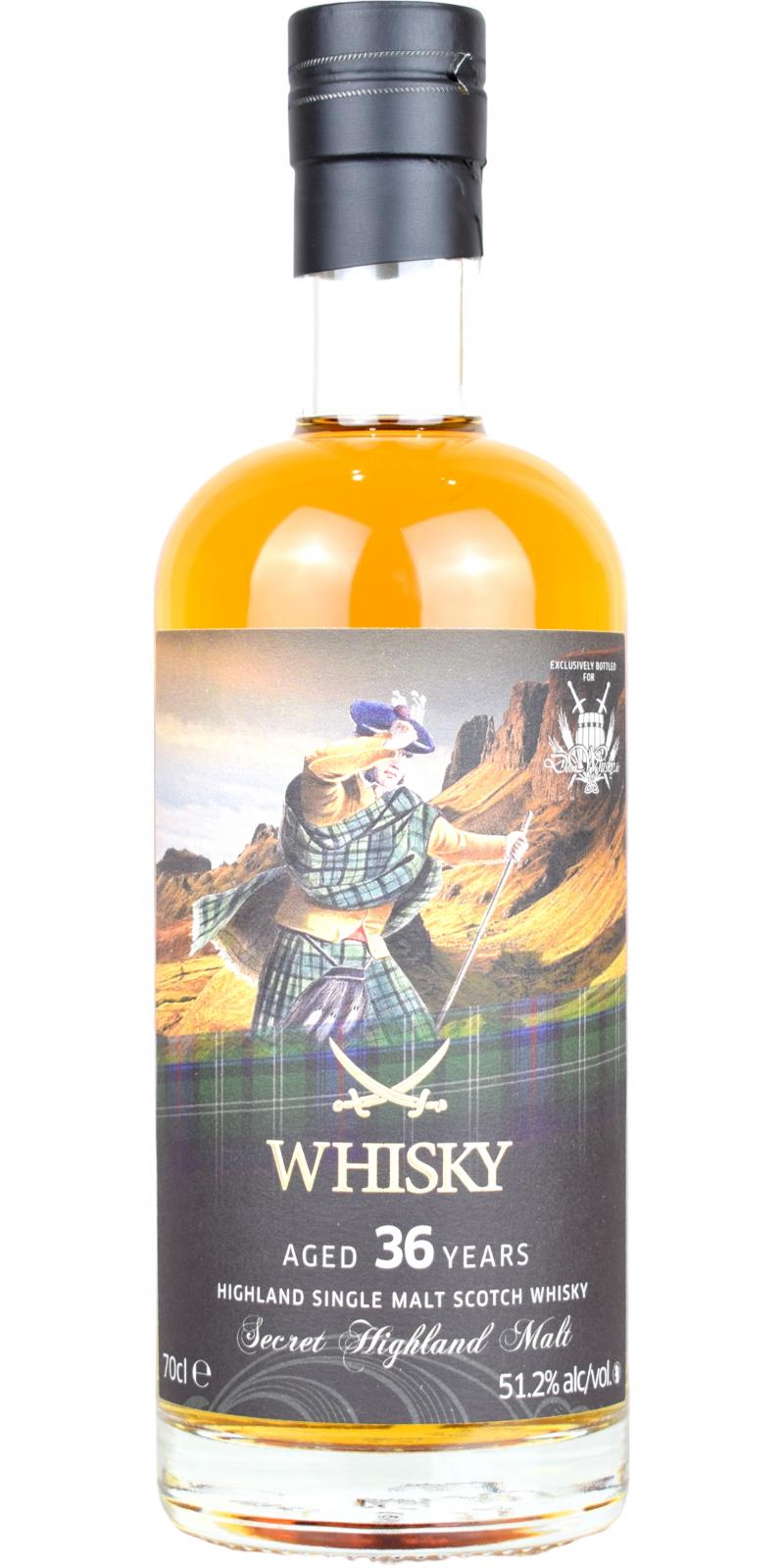In the past, Maryland played a significant role in rye whiskey production in the United States. Before the era of Prohibition, the state was home to 44 distilleries, with 13 of them situated in Baltimore. Unfortunately, many of these distilleries were unable to recover from the impact of Prohibition. However, in 1936, Maryland was still able to produce 14.1 million gallons of rye whiskey. Some of the distilleries that managed to reopen during World War II shifted their focus to ethanol production. After the war, only a few distilleries resumed the production of rye whiskey. Fast forward to 2015, and Sagamore Spirit company initiated the construction of a 22,000-square-foot distillery in Baltimore’s Port Covington neighbourhood. This marked one of the first distillery establishments in Maryland since the era of Prohibition. Sagamore Spirit only produces rye whisky, and we’re reviewing today the Sagamore Spirit Double Oak Straight Rye Whiskey.
Sagamore Spirit Distillery
Maryland rye whiskey was known for its sweeter, smoother taste compared to the spicier Monongahela rye whiskey, which was the Pennsylvania style. The mash bill for Maryland rye typically consisted of 35% corn and 65% rye, while Monongahela rye predominantly comprised 95% rye and 5% malted barley. The popularity of Baltimore-style rye whiskey extended to Midwest producers and eventually served as a foundation, with the addition of more corn in the mash bill, for the production of bourbon.


Sagamore Spirit was founded by Kevin Plank, who previously established the Baltimore-based company Under Armour, where he currently serves as CEO and Chairman. The distilling complex, covering five acres, encompasses a 27,000-square-foot welcome and production centre. Inside, you’ll find a bottling line, barrel filter, dump trough, and ten 1,000-gallon capacity proofing and gauging tanks. The distillery boasts a 6,000-gallon mash cooker and nine 6,500-gallon fermentation tanks. Distillation takes place in a unique 40-foot copper column still, specially crafted for the distillery by Vendome, a company based in Kentucky. Additionally, the facility houses a smaller 250-gallon pot still used for research and development purposes, as well as for producing small batch seasonal releases and new spirits. The whiskey produced at Sagamore Spirit is aged in a facility in North Point, Maryland, which can accommodate up to 20,000 barrels. The company utilises water filtered through limestone, sourced from Sagamore Farm in a spring house, a historic structure built in 1909, owned by Plank and located 22 miles away in Reistertown. This water is used to bring the cask strength whiskey down to the appropriate bottling strength.
Initially, the company relied on whiskey sourced from MGP in Indiana. However, since May 2017, Sagamore Spirit has been producing its own whiskey at their distillery.
Sagamore Spirit Double Oak Rye Review
This straight rye whiskey underwent a maturation process lasting 4 to 5 years in high-char new American oak barrels. It is a blend of two distinct mash bill ryes: one with a high-rye content comprising 95% rye and 5% malted barley, and the other with a lower rye content consisting of 52% rye, 5% malted barley, and 43% corn. Both rye whiskies were individually distilled and aged before being combined. In an effort to enrich its flavours, the blended, matured whiskey is then transferred to toasted wave stave barrels for an additional 18 months. These barrels utilise low-char, medium-plus-toast wavy staves that increase the surface area of wood contact and extraction. This unique approach is expected to add a fresh twist to the timeless Maryland-style rye whiskey crafted by Sagamore. These wave stave barrels are produced by ISC, and for further details, you can refer to their study on the subject.

The whiskey is then diluted using their limestone-filtered water. I received this bottle of Sagamore Spirits for free for review, which belongs to batch 6AF and was bottled in March 2023. Despite the aging period aligning with when Sagamore began their own production, this specific batch was still crafted from rye spirit sourced from MGP, as indicated on the back label, noting its distillation in Indiana. You can find this specific batch available for approximately €80 at Whiskyhaus, with a slightly higher price in Luxembourg. In the UK, other batches can be purchased for around £69. It’s worth noting that some batches may contain up to 25% spirit distilled by Sagamore themselves, as indicated by mentions of distillation in both Indiana and Maryland on the back label. Furthermore, batches made solely from Sagamore-distilled juice will soon be introduced in the UK market.

Colour:
Mahogany
Nose:
Neat: The aroma reveals notes of toasted wood, abundant caramel, sandalwood, a hint of aerosol gas, freshly tanned leather, rye spices, and a subtle sweetness likely derived from the corn.
With water: The addition of water accentuates the gas note slightly, creating a gentle prickle in the nostrils. The sweetness becomes more subdued in comparison.
Palate:
Neat: The palate opens with a robust combination of woody and spicy flavours. The prominent rye character brings forth its distinct spiciness, followed by a refreshing hint of citrusy sourness that emerges shortly after. The palate experiences a satisfying kick with a pleasantly coating mouthfeel. I could also get quite some wood polish, pepper, and rich dark caramel.
With water: The addition of water brings a creamy texture to the mouthfeel. The pepper notes become more pronounced, accompanied by hints of burnt tarte tatin apple caramel.
Finish:
The caramel notes persist, providing a familiar presence. While the wood flavour becomes less prominent in taste, it still imparts a noticeable dryness sensation on the tongue, akin to the experience of licking a stave (Obviously tried for scientific purposes in order to provide more precise tasting notes on this humble blog). Regarding its duration, the finish is quite lengthy.
Comments:
Initially, I must admit that my first pour from this bottle left me somewhat disappointed, but it’s worth noting that rye whiskey isn’t my preferred style. However, as I gradually explored the contents of the bottle, trying it at various moments, I started developing an appreciation for it. It seems to benefit from exposure to air and demands a patient approach. Having consumed several glasses and composed this review during two separate sittings, with increased aeration during the second session, my opinion has significantly changed. It has truly grown on me, and I now hold a genuine liking for it. I would be intrigued to compare it with their regular non-double-oak rye to discern the impact of the wave stave barrel finish, but I unmistakeably detected the presence of toasted oak in both taste and aroma. I extend my gratitude to Chad Albertson, their International Sales Manager, for reaching out and providing this bottle for review.
Rating: 85/100
PS: As I said above, Sagamore Spirit sent me a full bottle of this Double Oak Rye for free for reviewing. That has no impact on what I’ll write. If you doubt that, check my Jura Seven Wood review 😉
All the photos come from Sagamore Spirit except the bottle, coming from Whiskybase, and the lead image taken by me.



